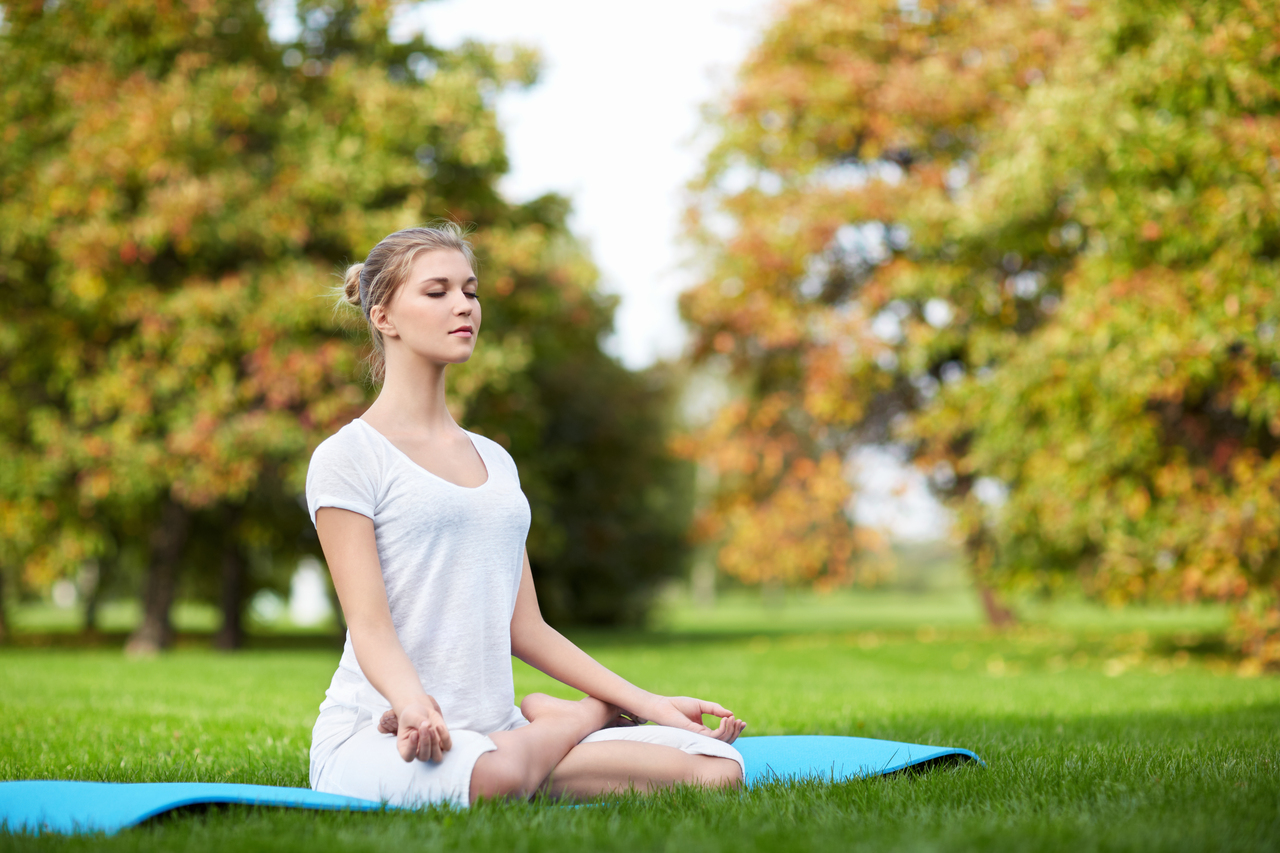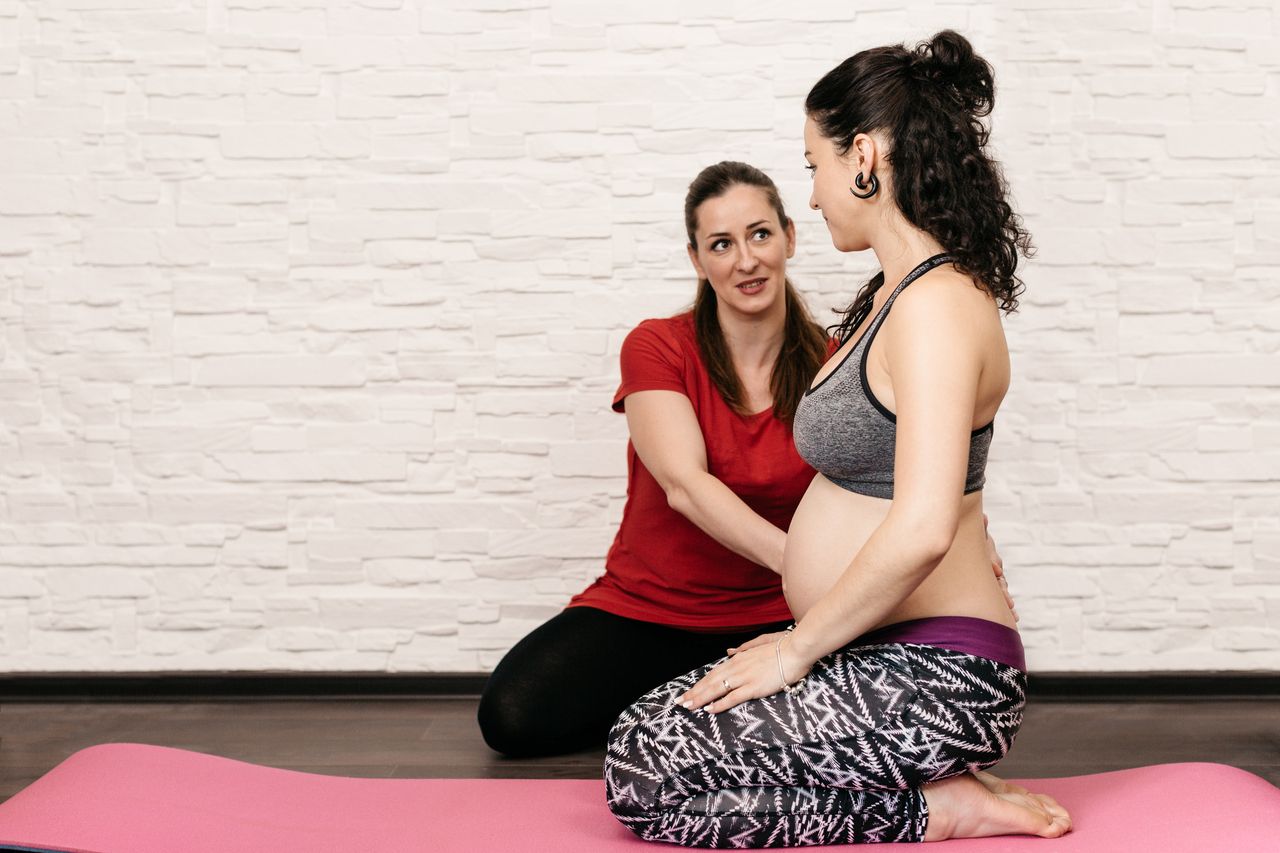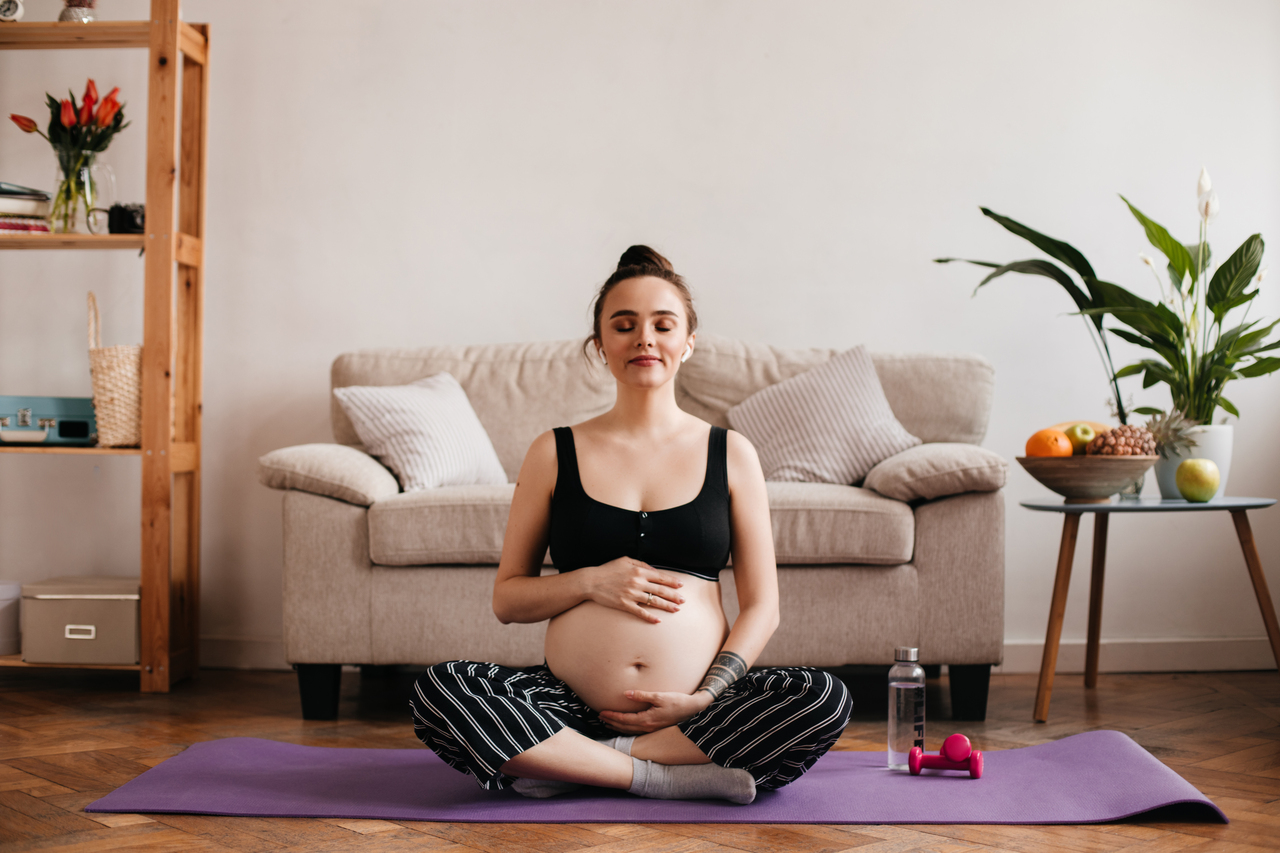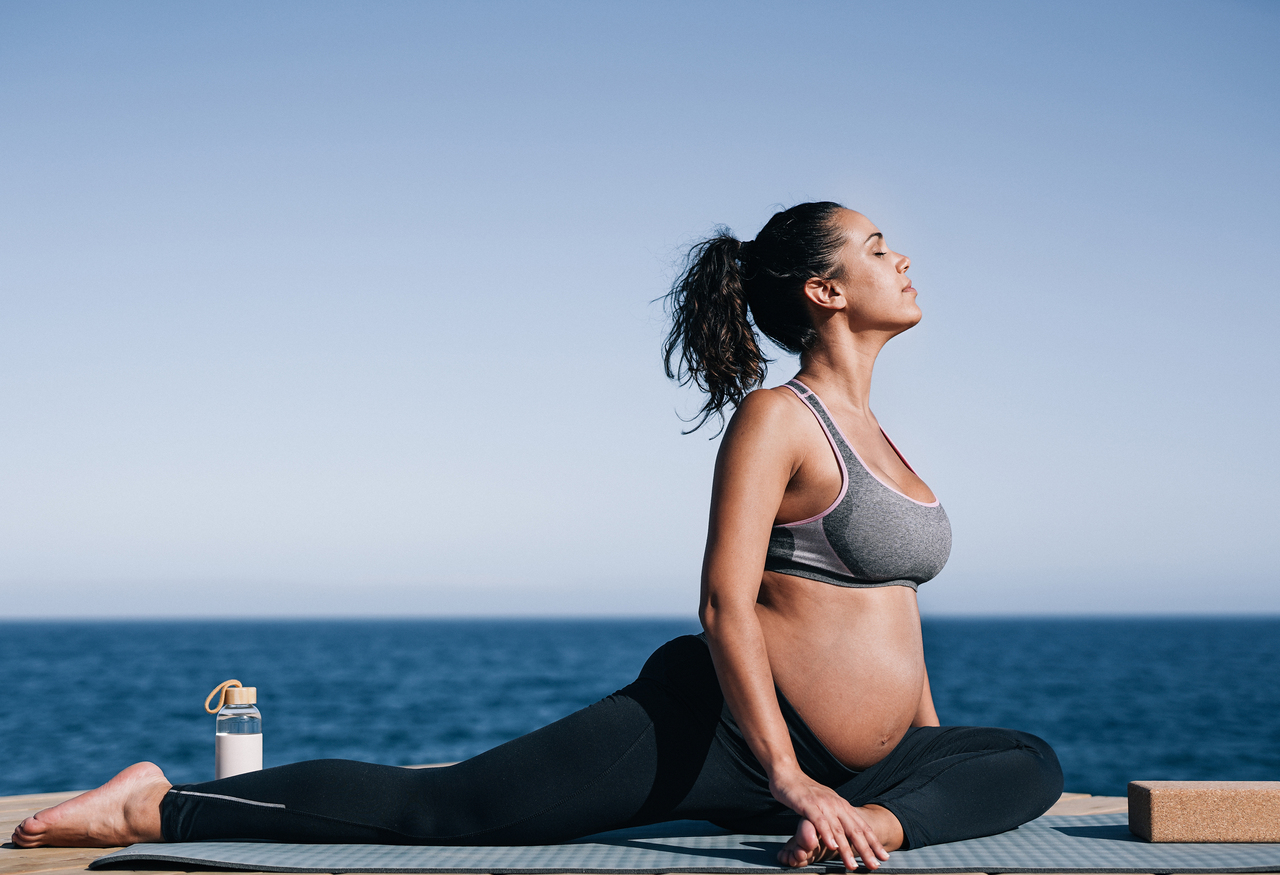The phase of pregnancy is a very new phenomenon for a woman. It comes along with both physical and mental changes. In most cases, pregnant women feel anxious about the stages of pregnancy. Are you also worried about whether prenatal yoga would be safe for your health and your baby or not?
Prenatal yoga or meditation during pregnancy is a great way to relax or stay fit. This blog will highlight what is prenatal yoga, the benefits of prenatal yoga, do’s and don’ts and last we will discuss some special safety guidelines.
Keep reading the blog it will help you when you start pregnancy yoga.
Benefits of yoga during pregnancy
Prenatal yoga basically focuses on stretching, mental centering, and focused breathing. Research and surveys have proven that doing yoga during pregnancy is safe and has numerous benefits for the health of both the expecting mother and her child.
- It supports your changing body by guiding safer ways to stretch your body and strengthen muscles
- Minimize aches and pains pregnant women experience during nine months.
- Prepares well to remain calm during unbearable labor pain by effective yogic methods.
- It makes the connection with the baby strong
- Calms the mind and provides relief from common pregnancy complications like lower back pain, nausea, dizziness, insomnia, and shortness of breath.
- Encourage friendly communication with other pregnant ladies going through a similar phenomenon.
What does a typical prenatal yoga class involve?
Typically, a prenatal yoga class involves:
- Breathing: Focusing on breathing movement while slowly breathing in and out is beneficial to overcome issues like shortness of breath. Also, it will make your mind relax and might reduce work through contractions during labor.
- Postures: It involves moving your body slowly in different postures while standing, sitting, or lying with the help of props like blankets, belts, etc. Such yoga can provide support and comfort.
- Gentle stretching: You will be encouraged to gently stretch your body such as your neck, arms, etc. with its maximum potential under the guidance of an instructor.
- Relaxation exercises: At the end of the yoga session, you will be asked to relax your muscles and restore normal heartbeat and breathing rhythm. Also, your yoga instructor can encourage you to listen to your breathing, and repeat mantras to achieve a state of self-awareness and calm from within.
There is always stress present. The good news is that yoga can help reduce stress and its health effects. What’s the best part? The practice doesn’t require any prior experience. No matter where you are, yoga will help you relax, no matter where you are. Let us show you how to get started.
Yoga styles that are not recommended for women?
Keep in mind to discuss your pregnancy with the yoga instructor before starting any kind of yoga. There are different types of yoga, some of which could be strenuous and unsuitable for the pregnant woman.
It is advisable to avoid hot yoga that involves vigorous poses at high temperatures as it can increase your body temperature making you unwell.
Safety guidelines while doing prenatal yoga:
Follow the safety guidelines discussed below to ensure good health for you as well as your baby. It can be a very beneficial form of exercise for pregnant women to do prenatal yoga. If you plan to engage in any form of exercise, you should consult your physician first. We can read all the pregnancy books in the library, but keep in mind that every pregnancy is different. However, you should always exercise prenatal yoga at a pace that feels comfortable to you, not overloading yourself and your baby.
Discuss everything with your doctor:
Before starting prenatal yoga, consult your health status with the gynecologists and begin the yoga with their permission. You might not be able to do prenatal yoga if you suffer from health issues like heart problems, back pain, or any pregnancy complications.
Set goals:
Generally, 30 minutes of moderate physical activity is recommended for a pregnant lady. However, short-duration exercises you are comfortable with can also work for you to stay in shape and make you ready for labor.
Yoga aims to self-reflect, control the breath, achieve deep relaxation, and grow through meditation, all of which will result in better mental, emotional, and physical health as we challenge our mind and body during yoga poses.

Pace yourself prenatal yoga:
Don’t let prenatal yoga put unnecessary pressure on your body. If your body is not comfortable with the yoga poses, leave it. Also, if you can’t speak while doing yoga, it signifies that you are indulging in harder activities according to your body.
Keep yourself hydrated in prenatal yoga:
Drink plenty of water and nutrients rich drinks during the whole course of your pregnancy. It is important to keep yourself hydrated.
Drink twenty ounces of water at least two hours before class begins. Don’t be afraid to take a break during class to get a drink of water. Water should be consumed every 15 minutes in amounts of 3 to 8 ounces.
Don’t perform until you are sure:
Everyone has a different body and may not feel comfortable when doing certain poses. Pay attention to your body and how it feels Ask your instructor to guide you in such cases. Try to bend your hip not back to maintain normal spine curvature. Avoid putting pressure on your abdomen.
Most importantly, if you experience any discomfort, pain, or warning signs like vaginal bleeding, immediately stop doing yoga and consult your doctor.

If it suits you, it is the best
Pregnancy is a very special stage in every women’s life. It is the time period that requires special care as you are about to bring new life into existence. Make sure anything you do makes your health better and avoids any sort of complications.
Practice prenatal yoga at a time that works for you, no matter what time of day you choose to do it. There are plenty of things that seem more urgent than this one, so we tend to put it off. People are creatures of habit, so if you’re serious about sticking to your schedule, you’ll have to be committed.
Don’t worry too much about what others think is the “right” time for yoga. It doesn’t matter if the times of day that work best for you are mornings, afternoons, and evenings.







